Well, a few updates.
Firstly was a new pair of OEM wipers:
The existing ones, besides having tired blades, weren't doing a fantastic job - they seemed to be skipping certain areas, so I bought entirely new wipers. It was interesting to note the excess curvature on the old ones (on the right) - presumably they'd started having less effect as they'd lost their stiffness and were just dragging across the screen. No doubt they're the original parts.
The next thing to sort was something that I'd been noticing more and more over the past month. Basically when you sat in heavy traffic for any duration of time the temperature would creep over the half mark - which to me wasn't right - and the engine bay generally felt hotter than it should.
The problem became even more noticeable when, in a gridlocked Dunstable, the temperature got up to the 2/3rds mark and then the secondary electric cooling fan kicked in - which by all means you should never really hear unless the ambient temperature's very high, or you're using the air-con on maximum settings.
I suspected that this was caused by a failed viscous coupling on the primary cooling fan. I didn't get that characteristic 'whoosh' from the cooling fan since I'd had the car but obviously the coupling had now weakened so much that it was just windmilling the fan and providing no cooling effort - which isn't a problem, until you stop in traffic.
A viscous coupling, in cooling applications, for those at are unfamiliar with the idea, is a fluid-filled device that connects the fan to the engine. When the engine is cold, the fluid inside the viscous coupling is thin and offers little resistance, so the cooling fan turns slowly and pulls little air through. This allows the engine to warm up quickly and reach the right temperature and also improves economy as the engine doesn't have to turn the fan all the time.
When it heats up, however, the fluid in the coupling becomes near-solid, meaning that the engine drives the fan almost directly - increasing the amount of cooling action and bringing the temperature down. As the engine is cooled to the correct point, the viscous fluid thins, and the fan slows again.
It's easy enough to test - simply turn the fan by hand with the engine off and cold, and note the amount of resistance. Then run the engine fully up to temperature, turn it off, and try turning the fan again. You should find that it's stiff and 'locked up'. If it turns freely, like when cold, then it's broken. When you turn off the hot engine the fan should also stop very rapidly, and not continue spinning - like mine did.
You can also find that the viscous coupling will fail in 'locked up' mode - your car won't warm up properly and you'll hear the fan working constantly.
Now, obviously a cooling system isn't something you take chances with, especially on a car like this, where the engine is worth almost as much as the whole car. Consequently I took the car off the road and ordered a new viscous coupling, which arrived promptly from ECP.
So, to work!
Fan shrouds off:
Cooling fan out:
The trouble-maker:
Old viscous coupling removed, next to the nice shiny new one!
New coupling on:
.......and voila:
Perfect:
With the new coupling in place the temperature remains consistently on, or below, the half mark and the characteristic 'whoosh' of the viscous fan is back - much to my relief. The engine bay feels much cooler too, a benefit in something that's as cramped and as hot-running as this.
What was a pleasant surprise was how simple the job was. There was plenty of room and even things like fan shroud simply unclipped and slid out. Always pleasant to have a job
not turn into a complete fiddly nightmare.
I also took the time to replace the air filter while I was working on the car. I had a sneaking suspicion that it had a K&N panel filter fitted, which I really didn't want for reasons that I'll explain.
I pulled the airbox apart and was happy to find the AFM and mesh screens were in good condition - and noted that BMW have obviously paid a lot of attention to getting the best flow from the stock airbox, lots of nice trumpets and rouded edges:
.....and my worry was confirmed. A K&N panel filter, pretty much clogged solid:
Now, you're probably wondering why I dislike the idea of a K&N filter being fitted. Well, firstly, it's an oiled-type filter - which shouldn't be used with mass-airflow systems as the oil can end up being deposited on the MAF itself, causing poor running and more issues.
Secondly, oiled air filters can clog very quickly. This means that while it might deliver more flow initially than a paper filter, about two weeks down the line you'll find that it's actually delivering less than a standard element. The cost of re-oiling a filter is almost as much as a paper element that'll last 10,000 miles or more while delivering better lifetime flow - so why bother.
Thirdly, and the most amusing, is the whole 'performance' aspect. K&N claim that their filter offers greater flow and filtration (interesting concept when I can see daylight through it).
This really did make me laugh. Here's the stock filter compared to the K&N:
Haha!

So apparently that little oil-clogged filter on the right is going to offer more flow than a filter that's got probably two or three times the surface area? Jog on.
Suffice to say the car feels a lot happier with its OEM paper filter reinstated. Be interesting to see how my economy fares from now on.
Next on the list is some minor paintwork, an oil service and to get my new Continental rear tyres fitted, as I've now killed the old ones that were on it. They do get worked quite hard.
Last time I washed the car I used an Autoglym Aqua-Wax kit that I was given - and I highly recommend it. You simply spray it on to a wet (or dry) car, let it settle, then buff it off. It works really well, very quick and simple to use, and keeps the car looking glossy. It'd been under a cover for a week and I simply dumped a bucket of water across it and rubbed it down with a microfibre cloth which brought it up really well. Still need to give it a proper cut and polish mind.
I also found out that if I fitted a US-spec diff and 18" wheels then it'd be geared for 222mph - but that's something for another day.
Onwards!
 I want one
I want one 


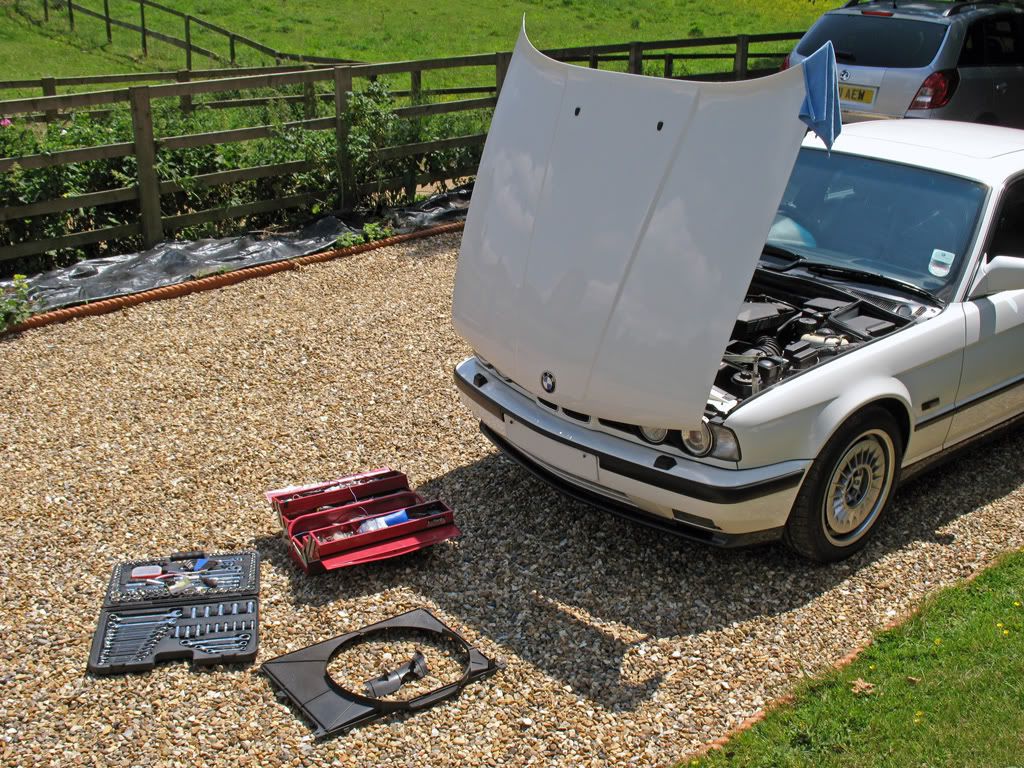
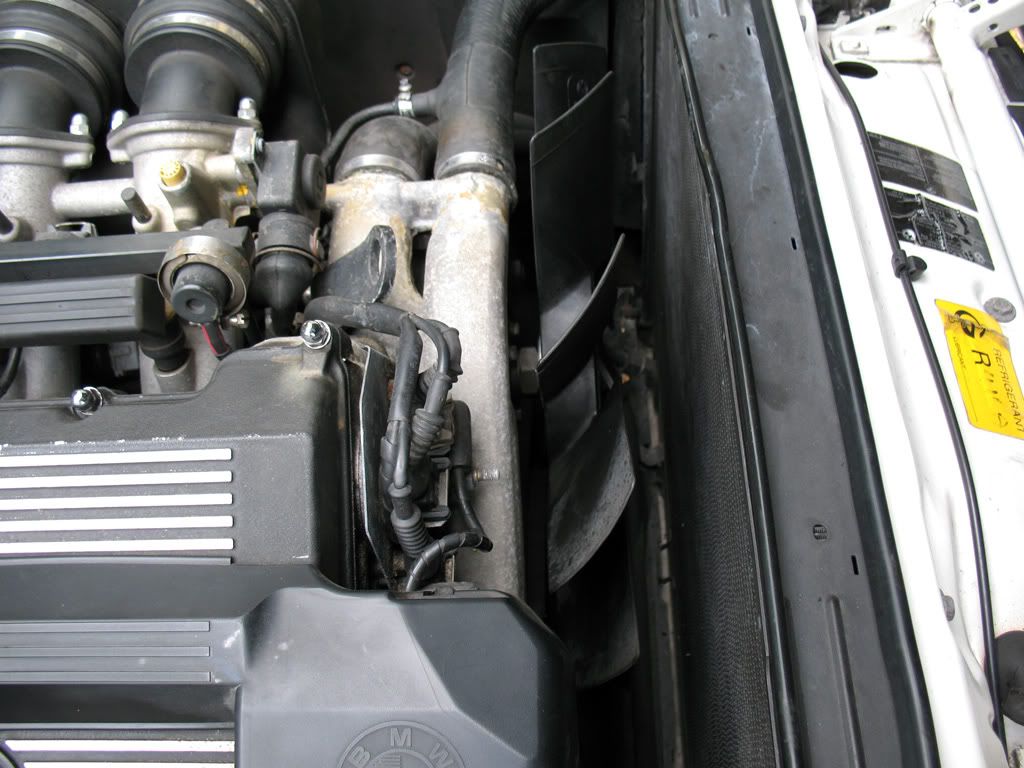
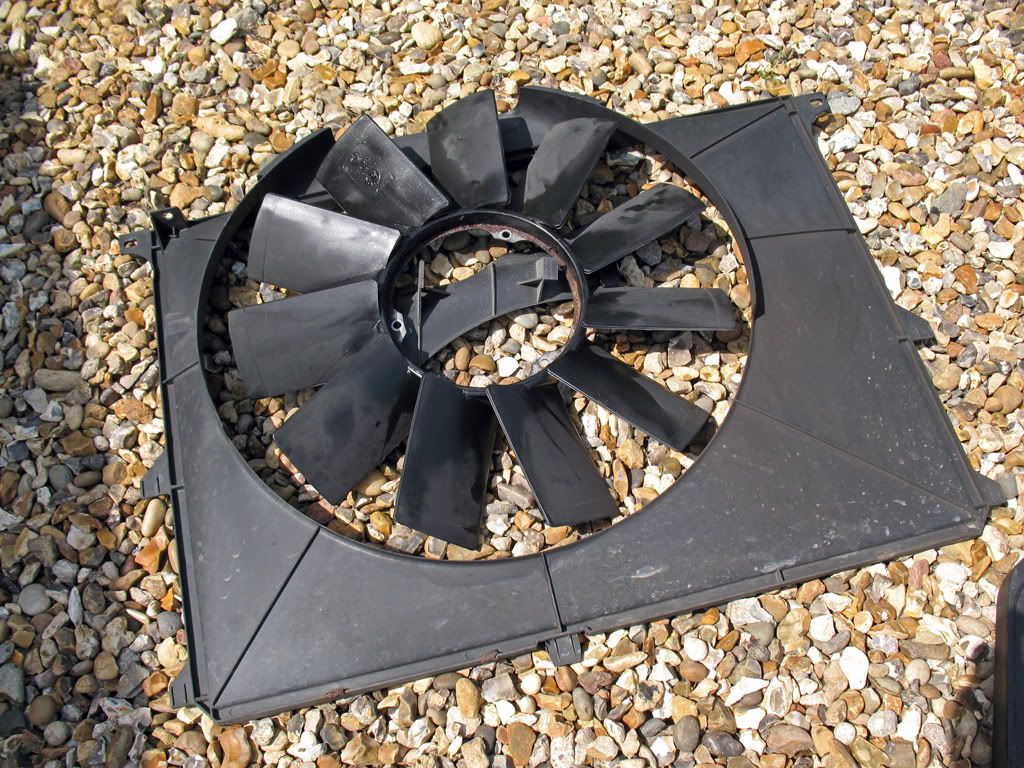
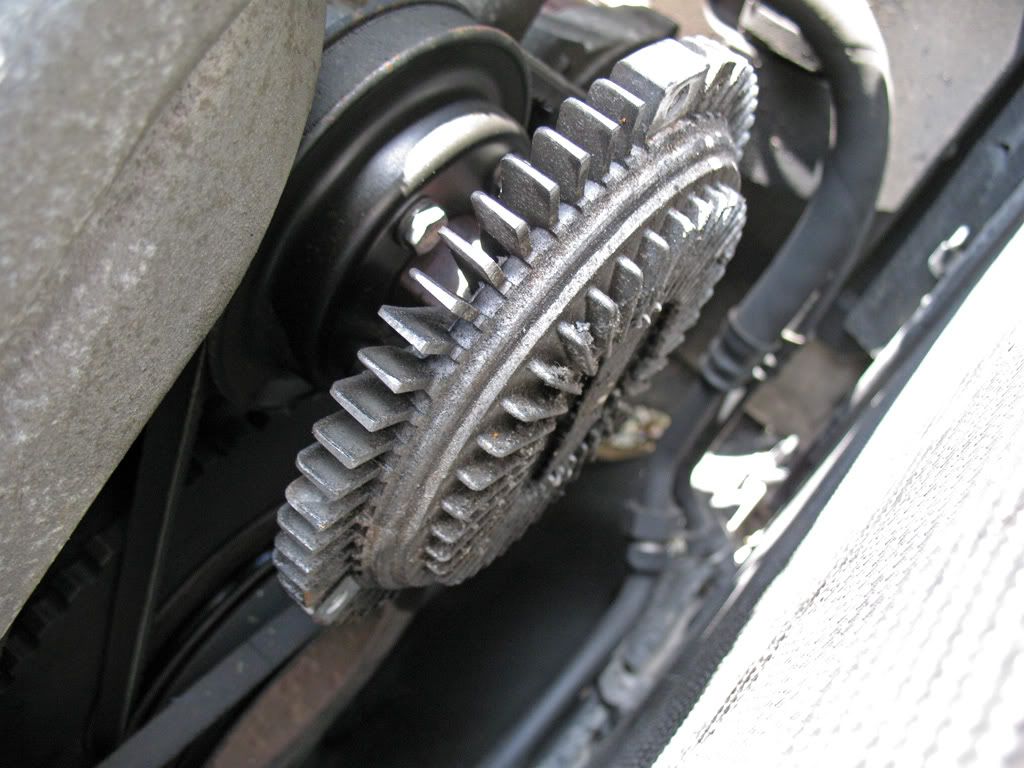
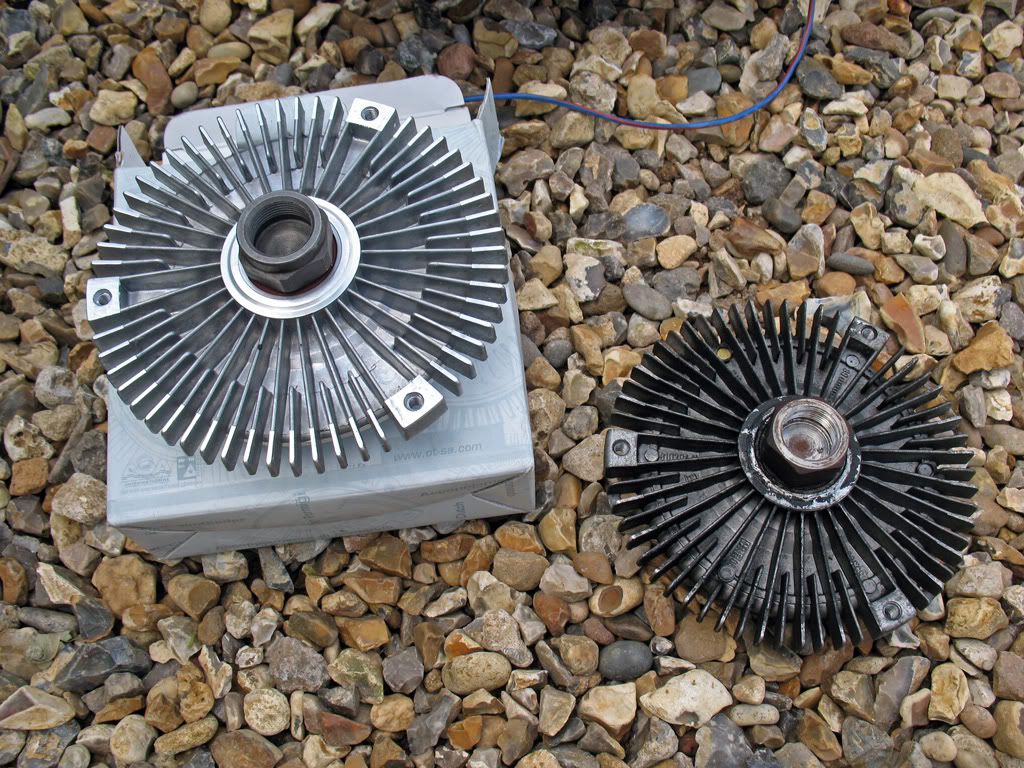
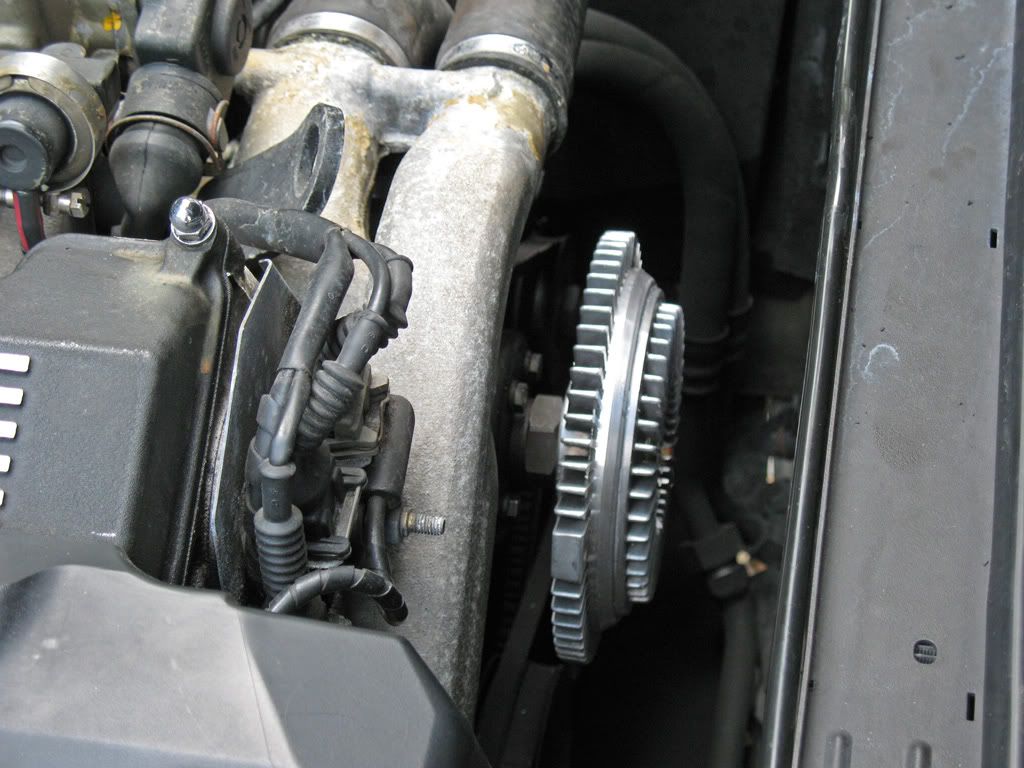
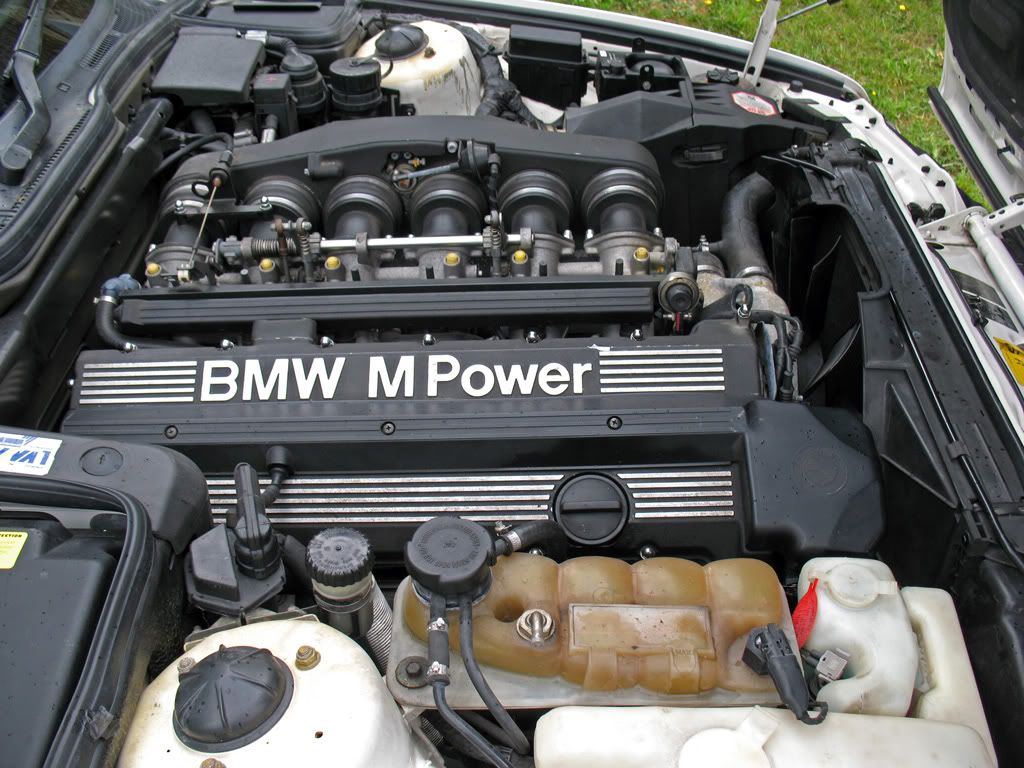
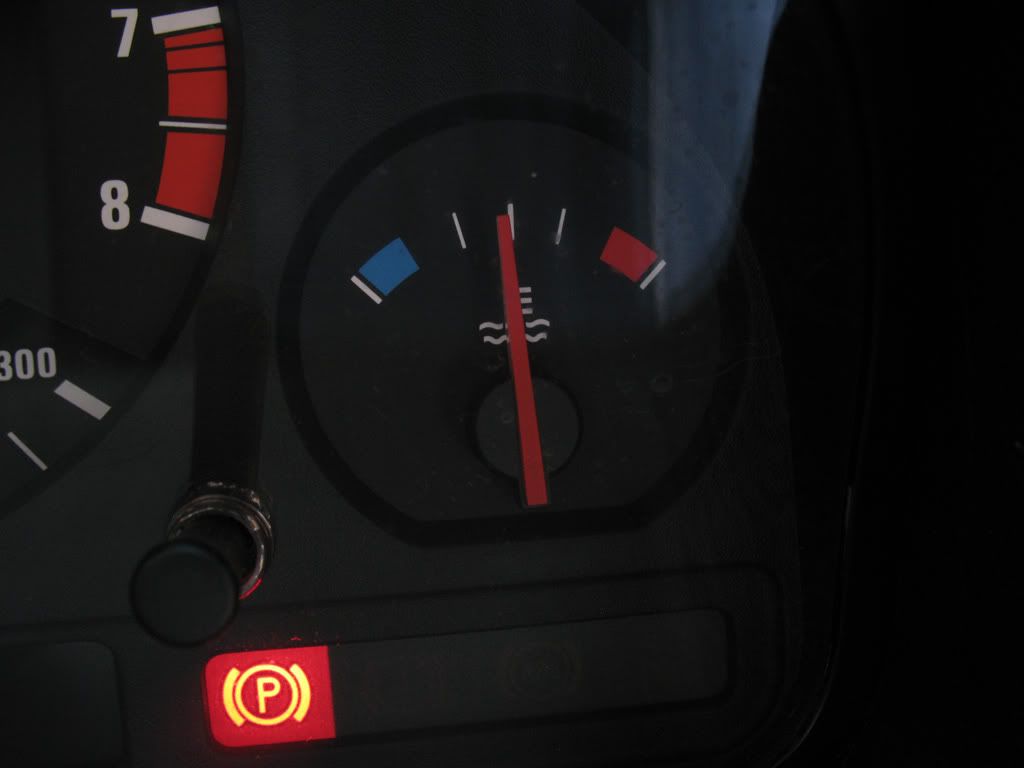

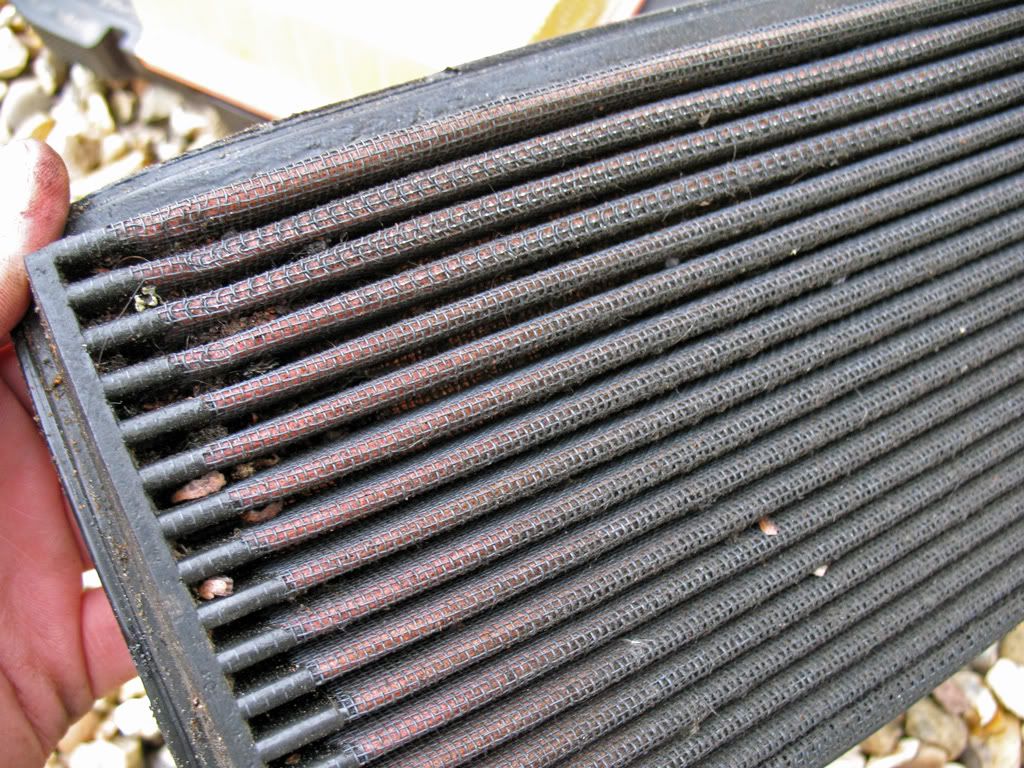

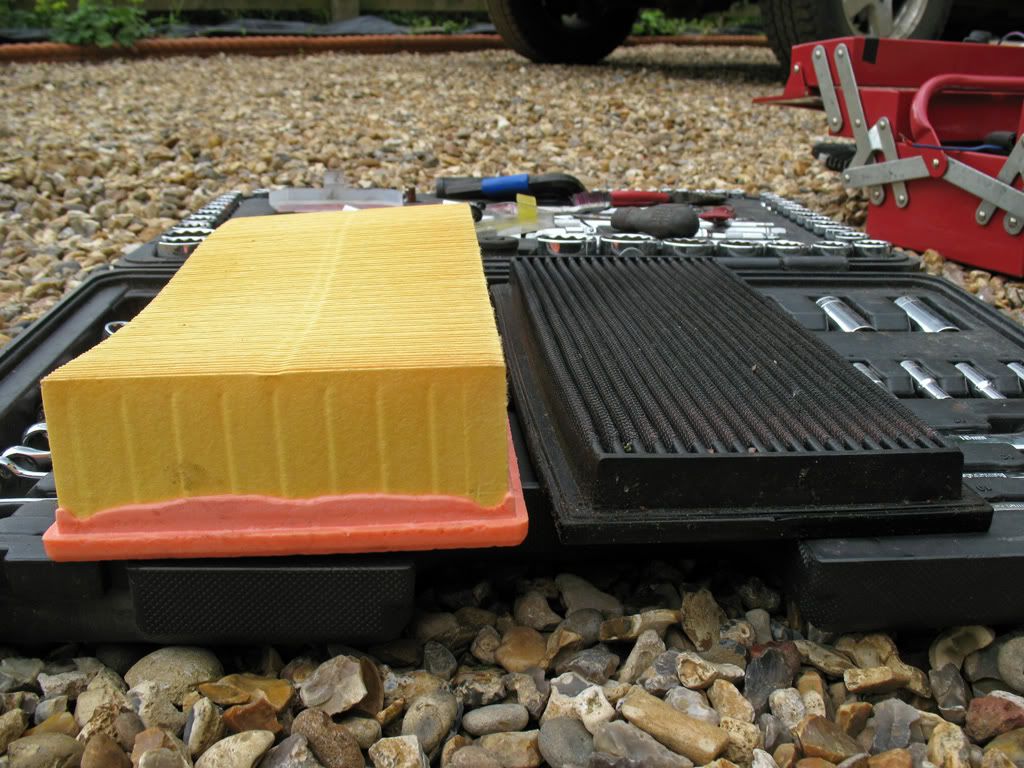
 So apparently that little oil-clogged filter on the right is going to offer more flow than a filter that's got probably two or three times the surface area? Jog on.
So apparently that little oil-clogged filter on the right is going to offer more flow than a filter that's got probably two or three times the surface area? Jog on.




 We do all sorts!
We do all sorts!
